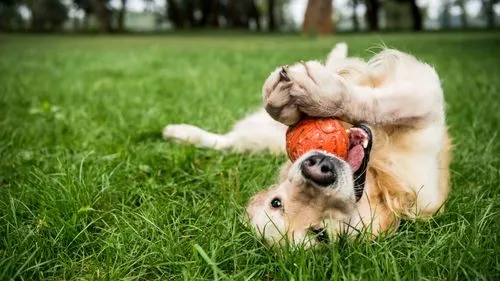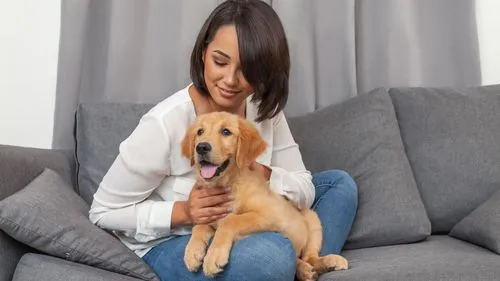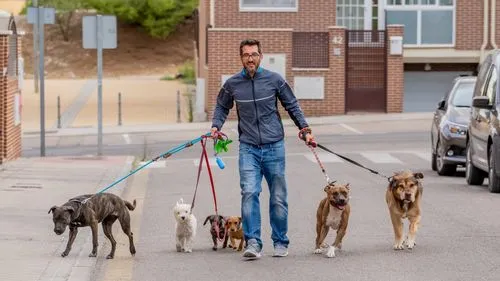Dog and fear of noise: what to do when a dog is afraid of the sounds around it
October 23, 2025
Katka
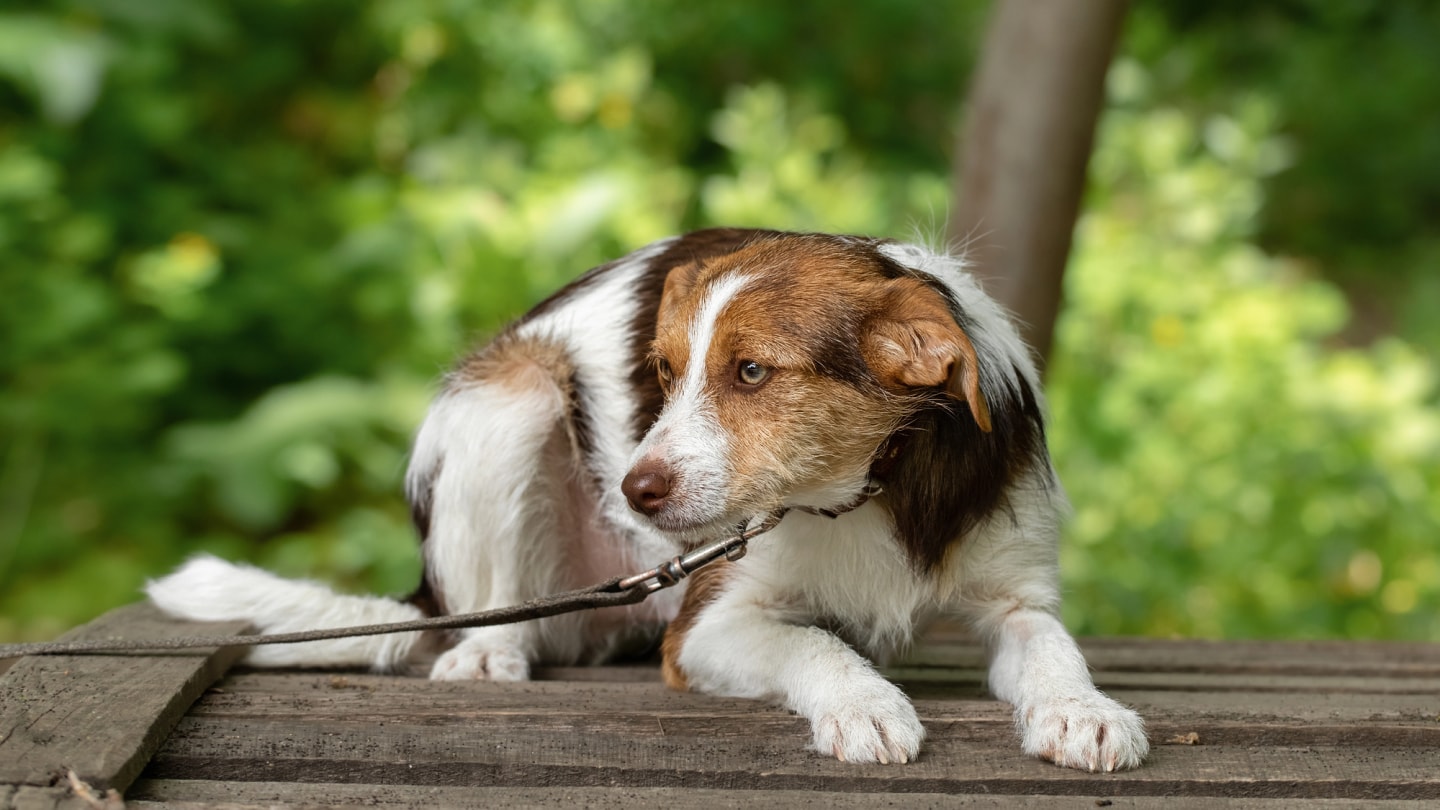
Fear of loud or unexpected noises is a very common problem in dogs. A motorcycle on the street, the noise of a garbage truck, a siren, construction work, or a thunderstorm - all of these can trigger panic in a sensitive dog.
If your dog shakes, whines, hides, or barks in these situations, it is not a whim, but a natural reaction to stress. The good news is that fear can be worked on - sensitively, patiently, and with the right methods.
In this article, we will explain why dogs are afraid of loud sounds, how to recognize their stress, and most importantly, how you can help them. We will also show how apps like Barkio and Furbino can play a key role in managing noise - even when you are not at home.

Why are dogs afraid of loud noises
Dogs have significantly more sensitive hearing than humans - they can hear sounds that we do not even notice, and at a much higher frequency range. While the noise of an engine or the slamming of a door is common for us, it can be a deafening experience for a dog.
The most common causes are:
- Survival instinct: A sudden and loud sound can signify danger in the wild - a dog reacts by fleeing or hiding.
- Insufficient socialization: Dogs that have not encountered common sounds (city, cars, vacuum cleaner) in their youth perceive them as a threat later on.
- Negative experience: A dog may remember one stressful moment (e.g., noise and the falling of an object) and react to similar situations.
- Genetics and sensitivity: Some breeds are more sensitive and experience noise more intensely.
- Environmental changes: Moving or a new home can cause a dog to react differently to normal outdoor sounds than before.
How to tell if your dog is afraid of noise
Fear in dogs manifests in various ways - from subtle signs to strong panic. The most common manifestations are:
- shaking, rapid breathing, or gasping for air,
- attempts to flee or hide,
- whining, barking, or howling,
- licking their nose, yawning, drooling,
- refusal of food or water,
- destructive behavior (scratching doors, destroying items),
- increased need for contact with the owner.
If these manifestations recur, it is important to start with gradual training and create a sense of security for your dog.
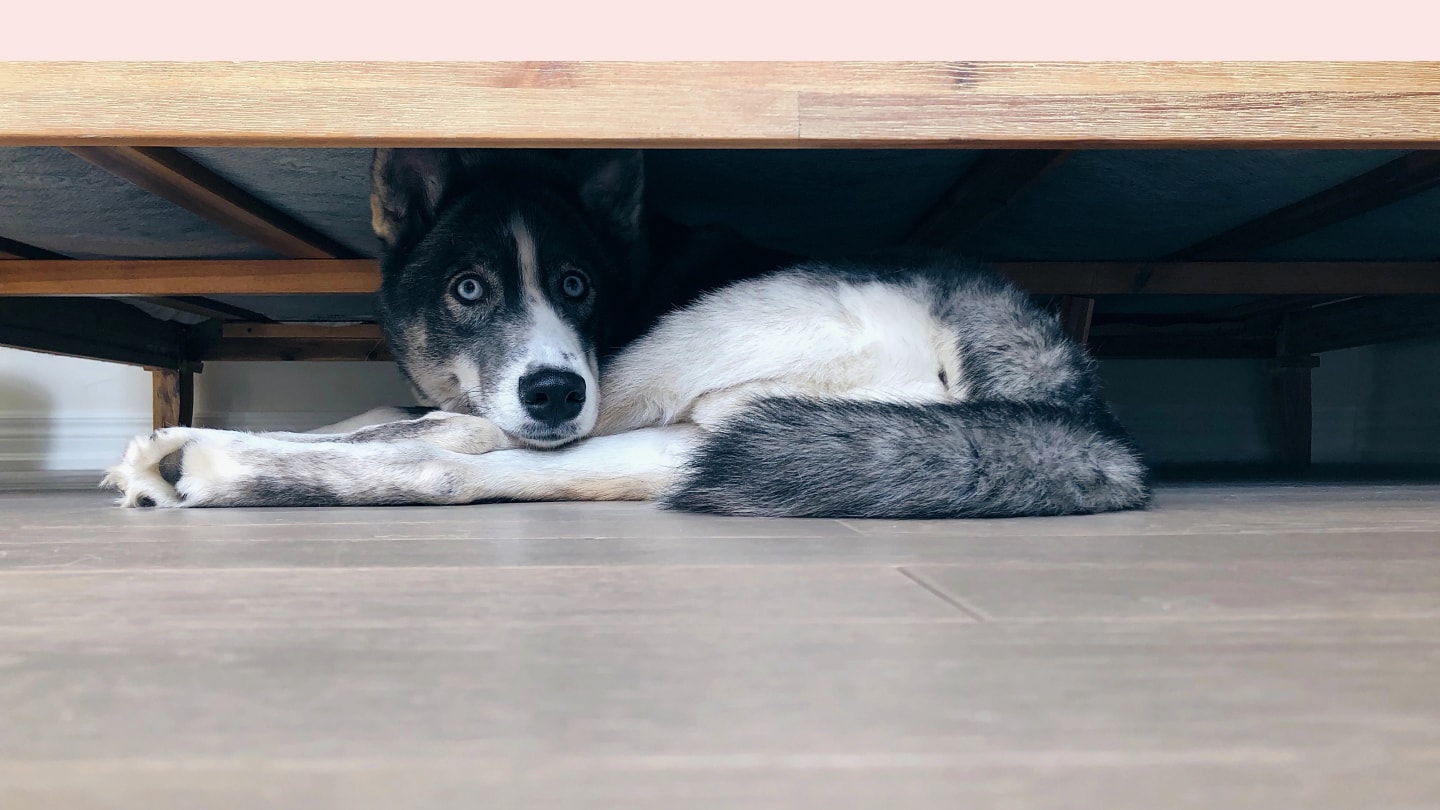
How to help your dog cope with the fear of loud noises
1. Stay calm
Dogs perceive your emotions. If you stress out, your dog may take cues from you. Stay calm, speak softly, move slowly, and avoid over-comforting - show them that nothing terrible is happening.
2. Create a safe refuge
A dog needs a place to retreat to and feel safe in.
- Choose a quiet room with minimal windows.
- Add a bed, a blanket, and a favorite toy.
- Dim lighting and white noise (e.g., radio or TV) can help mask disturbing sounds.
💡 Tip: With the Barkio app, you can monitor your dog when you are not at home. If you hear them reacting to noise, talk to them - a familiar voice can often be enough to calm them down.
3. Desensitization and counter-conditioning
Desensitization means gradually and very gently exposing the dog to the sound they fear, so they stop reacting with panic. Counter-conditioning adds a reward element - the dog learns that when they hear the sound, something pleasant happens (they receive a treat, praise, or can play). This changes their emotional response: instead of fear, they begin to expect something positive.
How to train in practice
- Find recordings of common sounds - for example, traffic, thunderstorms, fireworks, children, household appliances.
- Play them very quietly at a time when your dog is calm.
- The moment the sound starts, begin rewarding your dog - with treats, play, or praise. When the sound stops, the rewards also stop.
- Gradually increase the volume and duration of the sound (over days or weeks).
- If the dog shows stress, reduce the intensity and step back.
This process teaches the dog that loud or unfamiliar sounds are not a threat, but rather a sign that something pleasant is happening.
Training assistant: Furbino app 🐾
For desensitization training, you can use the Furbino app, which offers an extensive sound library. You will find not only classic training sounds (clickers, whistles) but also common noises like traffic, household sounds, or animal sounds.

With Furbino, you can:
- play sounds at a controlled volume,
- associate sound with a reward,
- train desensitization safely and comfortably from home.
🎯 Goal: The dog will gradually learn that sounds do not mean danger - on the contrary, they bring something positive.
4. Natural supplements and tools
Some dogs benefit from pheromone diffusers or collars (e.g., Adaptil) that release calming substances similar to those released by a mother to her puppies.
Natural supplements like lemon balm, valerian, or CBD oil can also help, but always consult with a veterinarian.
A calming vest - a special garment that gently wraps the dog and helps it feel safe - can also have a calming effect.
5. What never to do
🚫 Do not punish your dog for their reaction - fear is not misbehaving.
🚫 Do not expose them to noise forcefully to "toughen them up."
🚫 Do not use noise as punishment or warning.
🚫 Do not leave your dog alone if you know a loud situation is coming (e.g., fireworks, nearby renovations).
How to manage different types of noise
Street and city noise
Motorcycles, cars, children, or construction work - urban noise can be stressful for many dogs. Start with short walks in quieter areas. Gradually add busier environments and reward your dog for calm behavior.
If you are not home, monitor through Barkio how your dog reacts to outdoor sounds.

Household noise
Vacuum cleaners, mixers, or washing machines can be unpleasant for dogs. Let the dog approach the appliance while it is turned off. Turn it on for only a short time and offer a treat. Train gradually in small steps.
Thunderstorms and fireworks
These situations can be the hardest for dogs as they are associated with vibrations and flashes of light. Before a thunderstorm, close the windows, dim the lights, and turn on music. Stay nearby - or connect through Barkio if you are away. After the event, praise your dog for handling it well.
Prepare in advance for New Year's Eve! Find out how to help your dog cope with fireworks and loud celebrations calmly - read our article How to Celebrate New Year’s Eve with Your Pet Without Stress.
Trust and patience are key
Helping a dog overcome a fear of noise is a process. It requires patience, understanding, and consistency. Every small step is a success. And if you combine a personal approach with smart tools like Barkio and Furbino, results will come faster than you expect.
👉 Download Barkio and Furbino for free and start today.
Continue reading...
Show all articlesCopyright & trademark notices
Apple, the Apple logo, and iPhone are trademarks of Apple Inc., registered in the U.S. and other countries and regions. App Store is a service mark of Apple Inc. Mac App Store is a service mark of Apple Inc. Google Play and the Google Play logo are trademarks of Google LLC. Windows® and the Windows logo are either registered trademarks or trademarks of Microsoft Corporation in the United States and/or other countries. Linux® is the registered trademark of Linus Torvalds in the U.S. and other countries.
